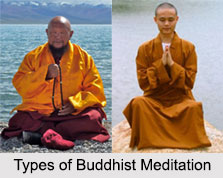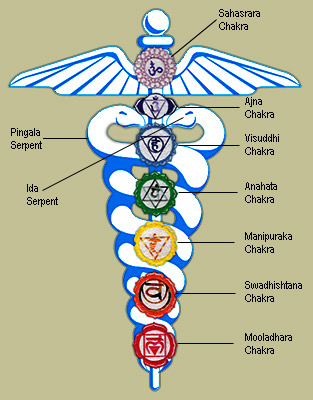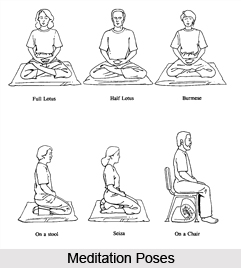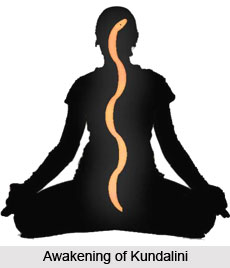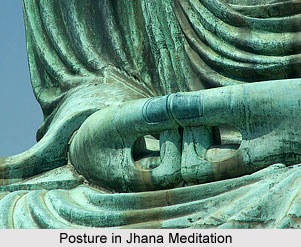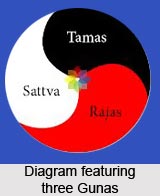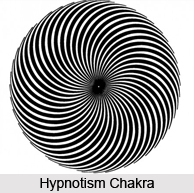 Theories of hypnosis are many and varied. They each take a different approach in trying to explain the various procedures and effects of hypnotism. Whereas some theories of hypnosis describe this phenomenon in terms of brain activity, others emphasize on the phenomenal experience. In either case, there is a basic distinction between the `state` and `non-state` theories of hypnosis. The believer of the state theories believes that there is an altered part of consciousness which is the most important part of hypnosis while the non-state theory believes that more mundane psychological processes such as focused attention and expectation are enough to explain the hypnotism in a person. Arguments and debates notwithstanding, the major theories of hypnotism have been briefly described below.
Theories of hypnosis are many and varied. They each take a different approach in trying to explain the various procedures and effects of hypnotism. Whereas some theories of hypnosis describe this phenomenon in terms of brain activity, others emphasize on the phenomenal experience. In either case, there is a basic distinction between the `state` and `non-state` theories of hypnosis. The believer of the state theories believes that there is an altered part of consciousness which is the most important part of hypnosis while the non-state theory believes that more mundane psychological processes such as focused attention and expectation are enough to explain the hypnotism in a person. Arguments and debates notwithstanding, the major theories of hypnotism have been briefly described below.
Social Constructionism or Role-Playing Theory
This theory states that there is no actual thing called hypnosis. It is the individuals who play a role in the hypnotic process, depending on the rapport between the subject and the hypnotist. In the process of communication, people usually become more open to suggestion and as a result, changes are brought about in the way they behave, think and feel. It has been suggested by some psychologists that what is termed as hypnosis is in fact a kind of learned social behaviour and a complicated mixture of relaxation, suggestibility and social compliance which may account for the mysterious behavioural changes. Thus, this theory holds that the process of hypnosis indirectly influences human behaviour by changing the motivations of the subjects, expectations and interpretations. This means that the behavioural change associated with the person is actually carried out unknowingly.
There can be two main reasons why a people can misinterpret their mental state as hypnosis. One is that they actually believe that their behaviour has been caused by some external source rather than by themselves. The other reason could be the way in which hypnotic behaviour is carried out.
Dissociation or Neodissociation Theory
This theory was most famously propounded by Pierre Janet. It holds that hypnosis is actually a form of dissociation most commonly seen in patients of hysteria. Areas of an individual`s behavioural control are split off from ordinary awareness. In this kind of a situation, hypnosis would remove some control from the conscious mind and the individual responses with automatic reflex behaviour.
Neuropsychological Theory
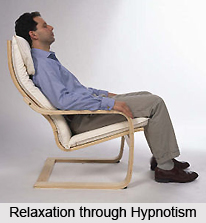 This theory explains hypnotism in terms of brain activity. It states that hypnotism leads to a change and shift in brain activity from the anterior to the posterior side.
This theory explains hypnotism in terms of brain activity. It states that hypnotism leads to a change and shift in brain activity from the anterior to the posterior side.
Hypnosis in Condition and Conditioned Processes Leading to Sleep
According to the scientists who support this theory, hypnosis is a kind of partial sleep. When hypnosis is being carried out, the subject typically seems to be in a state of sleep as the eyes have to be closed. There are various degrees of hypnosis but these do not vary much from the state of waking. It is believed that hypnosis depends on the insignificant changes of environmental stimuli. It is also said that the lower brain stem mechanisms are involved in hypnotic conditioning. There are a number of modern well-known practitioners of hypnotherapy who believe in this theory.
Hyper-Suggestibility Theory
The Hyper-Suggestibility Theory is the most popular and widely accepted theory of hypnotism. Its basic premise is that the subject focuses attention by responding to the suggestion of the hypnotist. As the attention of the subject gets more and more concentrated and focussed, he/she becomes more attentive to what is being said. The person concentrates and filters out what is unimportant and magnifies what is said about what really matters for the subject. Hypnotized subjects go along with the suggestions of the hypnotist as long as this does not contradict with their beliefs. If it does contradict with their beliefs they might wake up.
Informational Theory
The informational theory compares the brain to the workings of the computer. Just like in the working of electrical systems, the main objective of the hypnotist is to reduce interference as much as possible and thereby increase the receptability of specific messages or suggestions.
System Theory
As per this theory, hypnosis is a process that greatly enhances or depresses the activity of the nervous system. It takes and establishes the necessary organization of the nervous system into the interacting subsystems. Thus, it develops a picture of hypnotic phenomenon, which involves the interaction with a particular subsystem, as well as increasing or decreasing effect of a particular subsystem. As a result it creates the phenomenon of feedback loops, which is familiar in systems theory and thus throws light on the mechanism for creating the more extreme hypnotic phenomena.
Thus, discussed above are some of the most popular theories regarding the practice of hypnosis.



